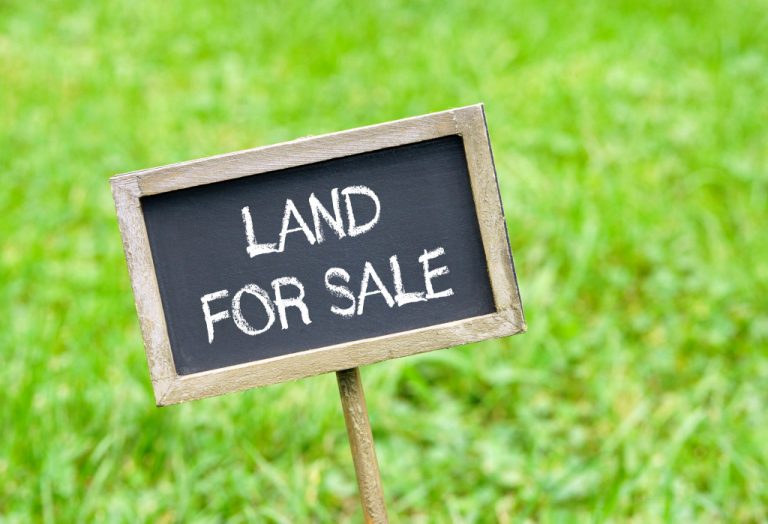• Old homes in the U.S. provide charm, character, and uniqueness that can attract buyers or renters.
• Investing in old homes can have a lower initial investment than newer ones and a higher return on investment when renovated.
• Renovating an old home allows for the restoration of original elements and adaptation for commercial purposes.
• It is essential to assess potential repair and renovation costs, research market trends, and make thoughtful decisions before investing in an old home.
• A fresh coat of paint and replacing broken or outdated components can make the exterior more attractive.
Are you an entrepreneur looking to invest in real estate? Buying an older home for renovation or rental purposes sounds attractive with the current housing market trend. But before you jump in, have you ever wondered if they are worth your investment? Is an old home a hidden goldmine or just another money pit?
Old Homes in the U.S.
The U.S. is home to over ten million old homes. These homes have an average age of over sixty years. Many need repair and don’t have modern amenities like central air conditioning, energy-efficient windows, or updated plumbing.
However, many old homes can be an excellent investment. Here’s what you need to know about investing in old homes in the U.S.
The Charm and Uniqueness of Old Homes
One of the most appealing aspects of older homes is their charm, character, and uniqueness, often not found in newer homes. With beautiful architectural details, such as crown moldings, hardwood floors, and stained-glass windows, older homes carry a sense of history and warmth that can be alluring to prospective buyers and renters alike. Furthermore, these homes are usually situated in well-established and often more desirable neighborhoods, which can translate into higher property values.
The Financial Pros of Investing in Old Homes
From an investment standpoint, there are several financial benefits to investing in older homes. First and foremost, older homes typically come with lower purchase prices than newer ones, which means a lower initial investment. This is especially true for homes requiring renovation work, as you can negotiate a better deal with the seller. Moreover, it’s much better than buying newer and more expensive homes today, costing about $400,000.
Additionally, once renovated or updated, these homes can often be sold or rented at a higher price, generating a substantial return on investment (ROI).
The Hidden Costs and Risks of Old Homes
While the financial benefits of investing in older homes can be enticing, they can also come with hidden costs and risks. Older homes may have outdated electrical and plumbing systems or wear and tear on the foundation and structure that can lead to expensive repairs in the long run. Additionally, older homes can be less energy-efficient, leading to higher utility bills for tenants or buyers. Therefore, it is crucial to assess the potential repair and renovation costs and factor them into your investment decision.

Renovation, Restoration, and Adaptive Reuse Opportunities
Older homes present great opportunities to showcase your creativity and craftsmanship if you have the knowledge, skills, and capital available for renovation and restoration projects. You can transform an old home into a modern and functional space by restoring original architectural details to creating open-concept layouts.
Alternatively, you can consider adaptive reuse projects where you convert an old residential property into a commercial space like a boutique hotel, office, or retail outlet, adding significant value to the property.
Market Outlook and Exit Strategy
Old homes are a great second home to buy. It’s one of the most affordable real estate for sale compared to newer homes. It’s a better option once you’ve done your research. Moreover, if you need a quick exit strategy, old homes are also great for flipping. You can profit considerably from your venture when you renovate and flip an old home at the right time in a perfect market.
Tips to Make Your Old Home Look Attractive
Mustering the courage to invest in an old home is just half the battle. You must make it look attractive and show off its best features. To get started, try out these tips to enhance the aesthetics of an old home:

Start With the Interior
Old homes often have unique and charming design details that you should emphasize when renovating. Consider restoring original elements, such as hardwood floors or stained glass windows, to reveal the home’s character. Additionally, painting walls in neutral colors can make a room look bigger and brighter while highlighting its architectural details.
Update the Exterior
The exterior of an old home often reveals its age and condition. Therefore, you should revamp the home’s facade to make it look more attractive. Start with a fresh coat of paint, then consider replacing broken or outdated components like window frames, shutters, and porch railings.
Investing in an old home can be a great investment opportunity, but it’s essential to understand the potential risks and rewards before you take the plunge. By researching market trends, assessing repair costs, and making thoughtful renovation decisions, you can make your old home attractive with a solid return on investment.




